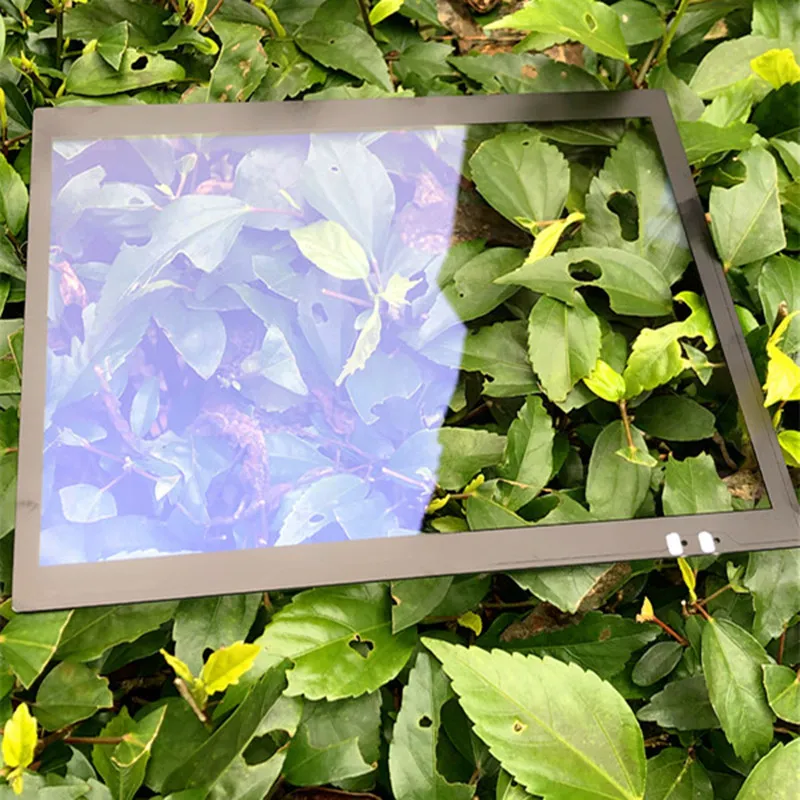Dec . 23, 2024 08:23 Back to list
flat glass manufacturers
Exploring the World of Flat Glass Manufacturers
Flat glass, a vital component in modern architecture and design, has revolutionized the way we perceive and interact with our surroundings. From sleek skyscrapers to intricate interior designs, flat glass manufacturers play a crucial role in bringing innovation and functionality together. This article explores the flat glass industry, highlighting its importance, manufacturing processes, and the leading players in the market.
The Importance of Flat Glass
Flat glass is primarily used in windows, facades, and various decorative applications. Its ability to allow light while providing insulation and security makes it an essential material in both residential and commercial buildings. Additionally, flat glass can be processed to enhance its properties. For instance, tempered glass is treated for increased strength and safety, while low-emissivity (Low-E) glass improves energy efficiency by reflecting heat.
The demand for flat glass has seen a significant increase due to urbanization, which is driving the construction of high-rise buildings, and the growing emphasis on energy-efficient solutions. Furthermore, trends in interior design that favor open spaces and more natural light have also contributed to the expanding market for flat glass.
Manufacturing Processes
The production of flat glass involves several steps, each critical to ensuring the quality and durability of the final product. The most common manufacturing process is the float glass method, which was developed in the 1950s by Sir Alastair Pilkington.
1. Batch Preparation The first step involves mixing raw materials, primarily silica sand, soda ash, and limestone, which are essential for glass production. Additional materials may be added to achieve specific properties.
2. Melting The mixture is heated in a furnace at temperatures exceeding 1,600 degrees Celsius (about 2,912 degrees Fahrenheit). This process transforms the raw materials into molten glass.
3. Floating The molten glass is poured onto a bath of molten tin, allowing it to spread out and form a smooth, flat surface. The float process ensures uniform thickness and surface quality, which are crucial for various applications.
flat glass manufacturers

4. Annealing Once the glass has cooled and solidified, it undergoes a controlled cooling process in an annealing lehr. This step helps to relieve internal stresses and ensures the glass remains stable.
5. Cutting and Processing After annealing, the flat glass is cut into desired sizes and shapes. It can also undergo additional processing, such as tempering, laminating, or coating, to enhance its properties further.
Leading Manufacturers in the Industry
The flat glass manufacturing industry is dominated by several key players, each contributing significantly to the market's growth. Some notable manufacturers include
- Saint-Gobain Founded in 1665, this French multinational is one of the world's largest producers of flat glass. Saint-Gobain is known for its commitment to innovation and sustainable practices, producing a wide range of architectural, automotive, and photovoltaic glass products.
- AGC Inc. Based in Japan, AGC Inc. is a global leader in glass manufacturing. The company offers diverse glass solutions for architecture, vehicles, and even electronics. AGC is recognized for its research in advanced glass technology and sustainability.
- Guardian Industries An American company specializing in flat and coated glass, Guardian Industries focuses on energy-efficient products and sustainable practices. Their wide array of products caters to both commercial and residential markets.
- Nippon Sheet Glass This Japanese company is known for its innovation in flat glass manufacturing processes and technology. Nippon Sheet Glass invests heavily in research and development to stay at the forefront of the industry.
Conclusion
The flat glass manufacturing industry is a dynamic and essential sector, supporting modern architecture and energy-efficient solutions. As technology evolves and the demand for sustainable building materials rises, flat glass manufacturers continue to innovate and adapt, ensuring their products meet the changing needs of consumers and the environment. With challenges such as ever-increasing environmental regulations and the need for sustainability, the industry's future promises to be as exciting as it is vital to our everyday lives.
-
Safety and Style with Premium Laminated Glass Solutions
NewsJun.24,2025
-
Reinvents Security with Premium Wired Glass
NewsJun.24,2025
-
Premium Float Glass Line for Modern Architecture
NewsJun.24,2025
-
Low Emissivity Glass for Energy-Efficient Architecture
NewsJun.24,2025
-
High-Performance Insulated Glass Solutions for Modern Architecture
NewsJun.24,2025
-
Elevates Interior Style with Premium Silver Mirror
NewsJun.24,2025
Related PRODUCTS














